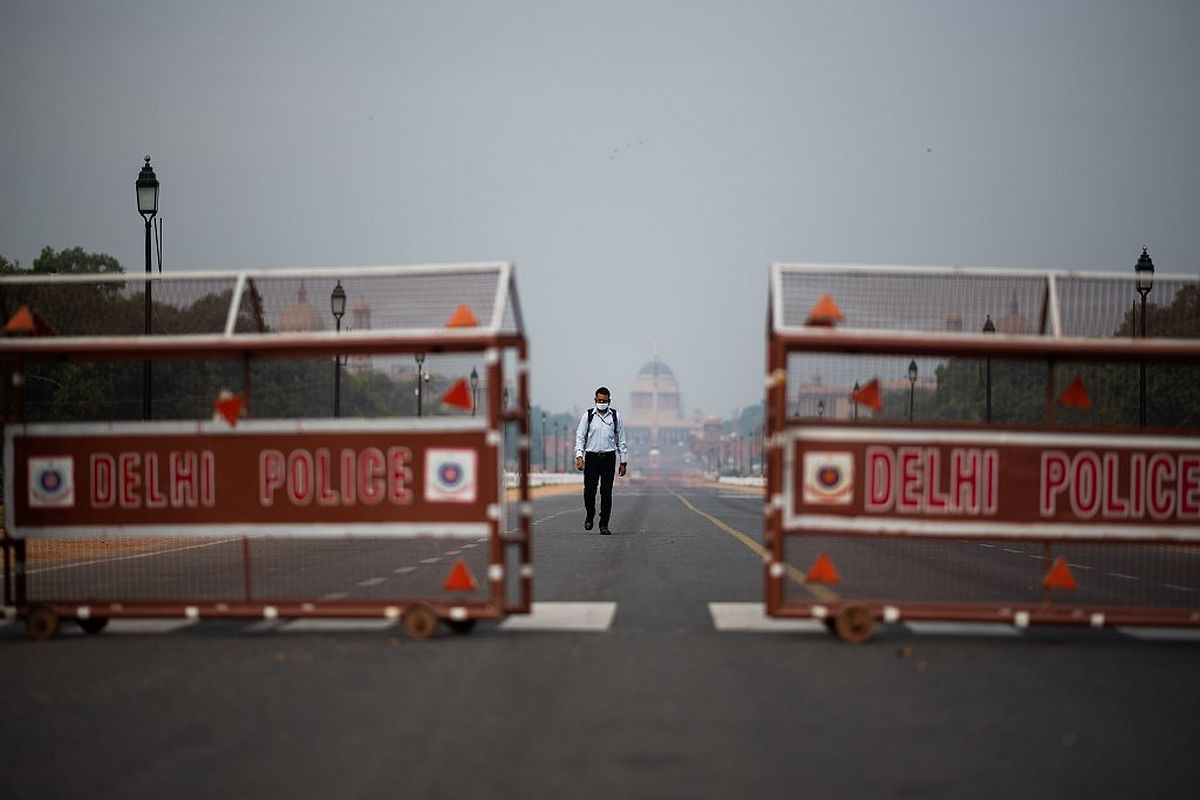Centre has announced to extend the lockdown for two more weeks after May 3 in view of the coronavirus pandemic which has taken over 35,000 people in its grip in India.
“In red zones, outside containment zones, certain activities are prohibited in addition to those prohibited throughout India. These are plying of cycle rickshaws and auto-rickshaws, taxis and cab aggregators, intra-district and inter-district plying of buses and barber shops, spas and saloons,” Ministry of Home Affairs said in a press note.
Advertisement
There will be considerable relaxation in orange and green zones, the government said.
As per the new guidelines, a limited number of activities will be prohibited throughout the country, irrespective of the zone.
Travel by air, rail, metro and inter-state movement by road will remain banned. Schools, colleges and other educational and training/ coaching institutions; hospitality services, including hotels and restaurants; places of large public gatherings, such as cinema halls, malls, gyms and sports complexes will also remain closed.
Social, political, cultural and other kinds of gatherings and religious place or places of worship will also remain restricted.
However, movement of people by air, railways and road will be allowed for select purposes. Such purposes have to be permitted by the Home Ministry.
Government said that the criteria for identification of districts as Red, Green and Orange zones is on the same basis as it was spelt out in the guidelines dated April 30, issued by Ministry of Health and Family Welfare.
“The Green Zones will be districts with either zero confirmed cases till date; or, no confirmed case in the last 21 days. The classification of districts as Red Zones will take into account the total number of active cases, doubling rate of confirmed cases, extent of testing and surveillance feedback from the districts. Those districts, which are neither defined as Red nor Green, shall be classified as Orange zones,” it said.
The government also said that in all zones, persons above 65 years of age, persons with co-morbidities, pregnant women, and children below the age of 10 years, shall stay at home, except for meeting essential requirements and for health purposes.
The containment areas would be defined by respective District Administrations, taking into account the total number of active cases, their geographical spread, and the need to have well-demarcated perimeters from the enforcement point of view.
The local authority shall ensure 100% coverage of Aarogya Setu app among the residents of the Containment Zone.
Containment Zones would have intensified surveillance protocols, with contact tracing, house to house surveillance, home/ institutional quarantining of persons based on their risk assessment, and clinical management. Strict perimeter control would need to be ensured, so that there is no movement of people in and out of these Zones, except for medical emergencies, and for maintaining the supply of essential goods and services. No other activity is permitted within the Containment Zones, the government said.
Earlier in the day, the Government announced allowing the movement of migrant workers, tourists, students and other persons stranded at different places, by special trains.
“Movement of migrant workers, pilgrims, tourists, students and other persons, stranded at different places, is also allowed by special trains to be operated by the Ministry of Railways,” a notification from the Ministry of Home Affairs read.
The Ministry of Railways will designate nodal officers for coordinating with states/UTs for their movement. The ministry will issued detailed guidelines for sale of tickets and for social distancing and other safety measures to be observed at train stations, platforms and within the trains, the statement further said.
After the first lockdown was imposed, the plight of migrant workers surfaced who were stranded with no food and employment in different parts of the country.
The first lockdown was imposed for 21 days on March 24 and the number of coronavirus cases was around 550. As of now, the cases have crossed the 35,000-mark with 1152 deaths.











